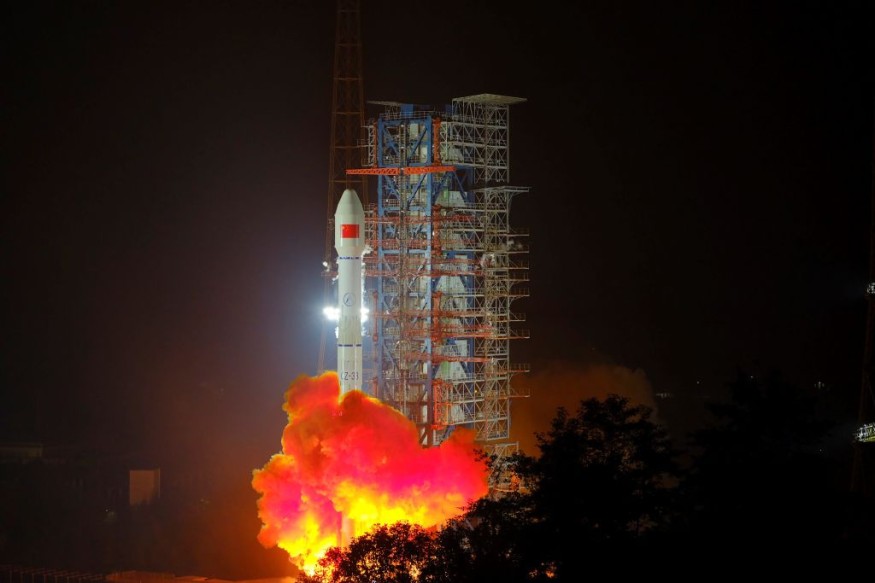China has launched the Shiyan-10 satellite aboard the Long March 3B/E rocket at around 4:20 AM Eastern time on Monday, September 27, from the Xichang Satellite Launch Center. This makes it China's second orbital launch on the same day as the Kuaizhou-1A solid rocket was launched two hours earlier.
The status of the artificial satellite remained unknown for more than 12 hours since its lift-off. Chinese state-run media, Xinhua News Agency, later confirmed the abnormal function of Shiyan-10 in orbit and declared it lost after a successful launch. They are currently investigating the cause of the spaceflight mishap.

Long March 3B/E Rocket Lifts Off From Xichang Satellite Launch Center
According to NASA Spaceflight.com, Long March 3B/E is an upscaled version of the Long March 3B rocket with an upgraded payload capacity. It can now launch up to 5,000 kg to the geostationary transfer orbit and 11,000 kg to the low Earth orbit.
The rocket's first stage stands at 24.76 meters and has a diameter of 3.35 meters. It uses four YF-20C engines, which provided 2,961 kN of thrust upon lift-off within 260.69 seconds.
Moreover, the hypergolic combination of dinitrogen tetroxide (N2O4) and dimethylhydrazine (UDMH) was used by its engines as propellants in the first, second and optional in the fourth stage. The hyperbolic combination was also used in the four liquid rocket boosters that use a single YF-25 engine each, or also called YF-20C in the center core.
With the combined power of the center core and four boosters, a total of eight YF-20C engines, the rocket reached a lift-off thrust of 5,923.2 kN.
Object Sighted in Orbit Likely Not From Shiya-10
In a report shared by Space News, the satellite launch was scheduled after the issuance of airspace closure. Footage of the launch was posted on a Chinese social media show Long March 3B's liftoff on Monday.
However, the country's main space contractor, China Aerospace Science and Technology Corp. (CASC), did not immediately release a statement or confirmation regarding the satellite's status whether it successfully reached orbit or not. But after a few hours, Xinhua News Agency declared the satellite lost.
Authorities said that a sighting of an object over New South Wales in Australia was likely from a burning upper stage of the rocket, which means that the launch progressed well.
Meanwhile, the U.S. Space Force's 18th Space Control Squadron (SPCS) later reported a sighting of a payload entering a transfer orbit and inclined to an angle to a geosynchronous orbit. A second payload was also cataloged, which is likely Shiya-10, implied that it successfully separated from the Ripper stage of the rocket.
However, as the state-run news agency confirmed, the artificial satellite failed in orbit and got lost after recording abnormal operating conditions during spaceflight.
RELATED ARTICLE : China's Kuaizhou 1A Launches Earth-Observation Satellite Atop Long March 3B Rocket
Check out more news and information on Space in Science Times.










